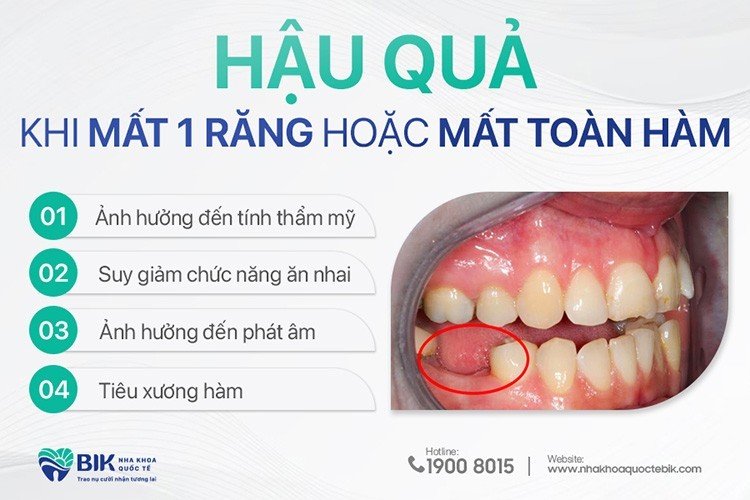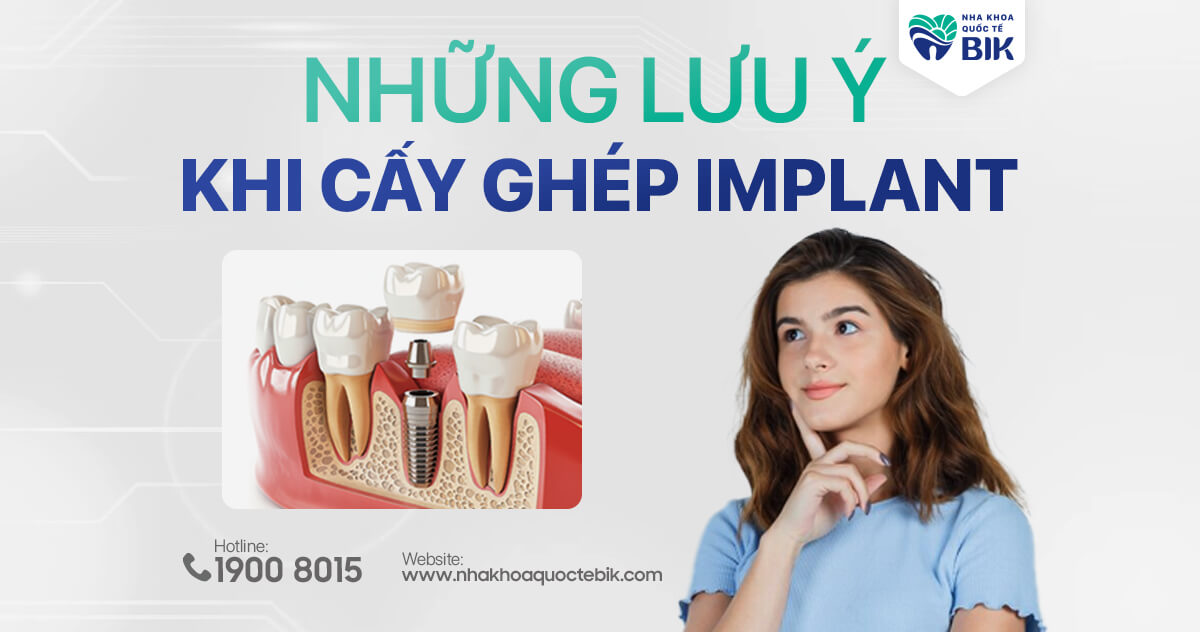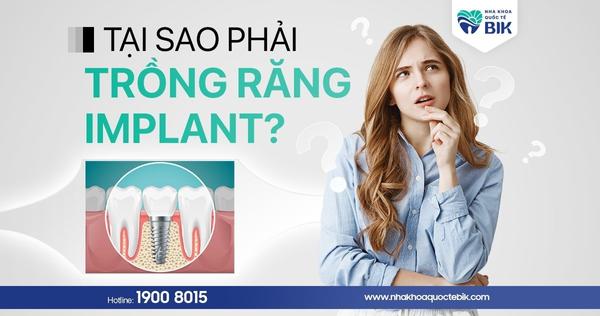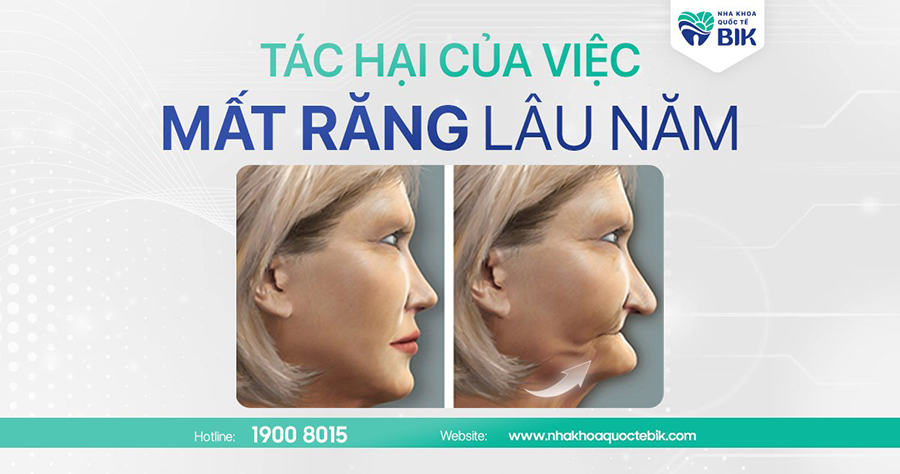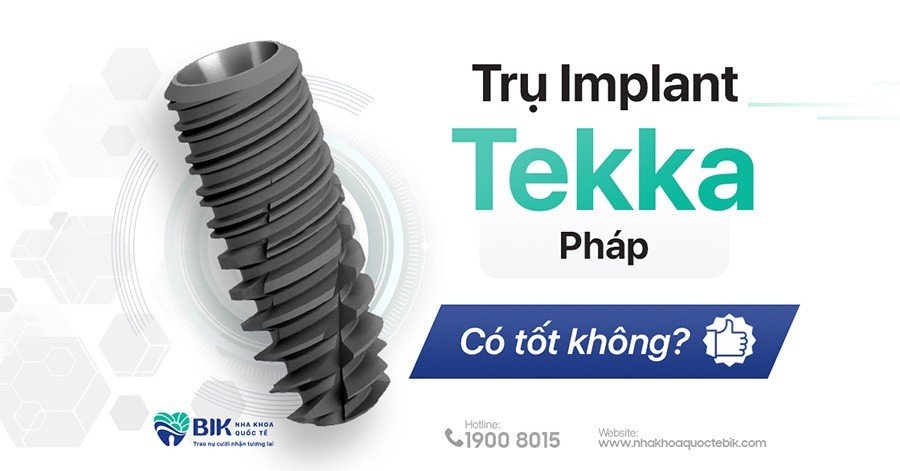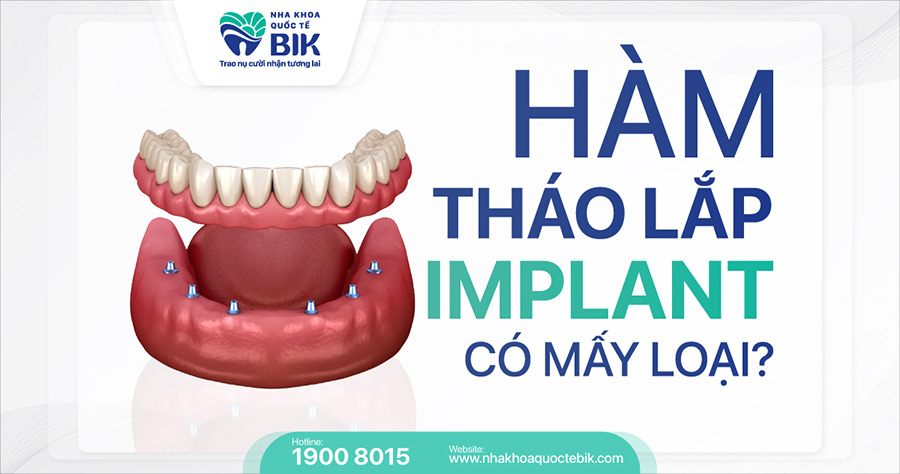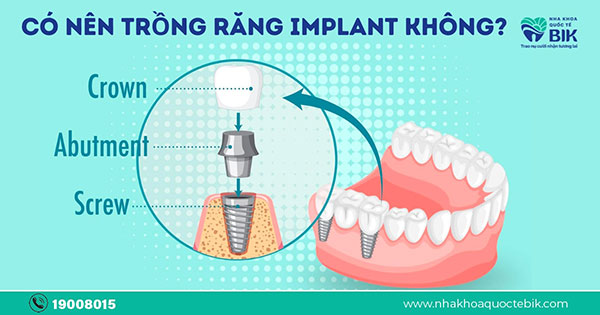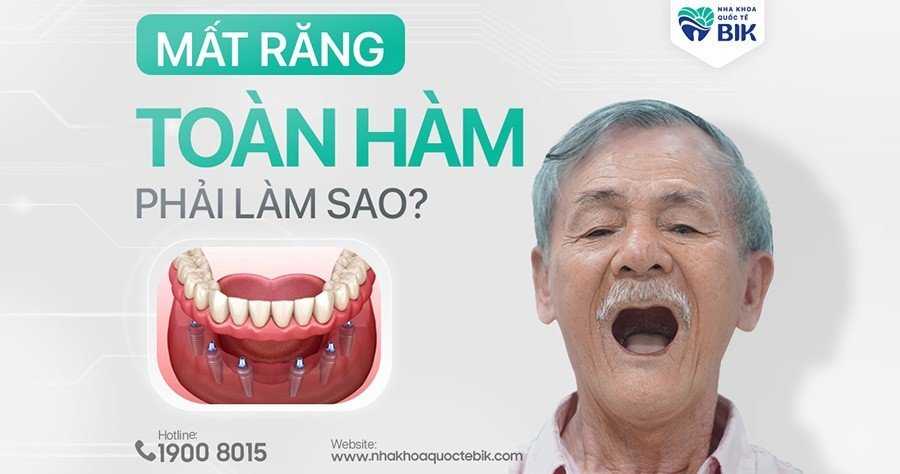
There are many reasons why patients lose all their teeth and if this condition is not resolved promptly, it will cause serious consequences for overall health. Accordingly, experts recommend that about 2 months after tooth loss, customers should perform dental restoration methods to ensure safety as well as aesthetics.
1. Consequences of losing a tooth or losing all teeth
Whether it is losing one tooth or several teeth in the entire jaw, it can lead to the following serious consequences:
1.1. Affecting aesthetics
The most obvious effect of tooth loss is that the overall aesthetics of the face will be affected, especially in the case of tooth loss in the incisors and canines. This makes many people feel self-conscious when communicating every day, thereby losing many opportunities in work and life.
1.2. Decreased chewing function
At the location of tooth loss, especially the molars that take on the important chewing function, the patient will have to switch to chewing in another location, causing pain in the temporomandibular region over time. Or in the case of total tooth loss, the ability to chew and tear food seems to be completely lost, food that is not processed before entering the stomach for a long time can cause digestive diseases such as constipation, stomach ulcers, intestinal perforation, etc.
1.3. Affect pronunciation
The group of incisors (including teeth number 1 and number 2) is responsible for helping you pronounce words clearly and roundly. When all teeth are lost, pronunciation becomes more difficult, and incorrect pronunciation over time will lead to the habit of lisping.
1.4. Jawbone loss
Jawbone loss is the most serious complication of tooth loss. The reason why the jawbone can develop normally is due to the impact of daily chewing force. Tooth loss causes the jawbone to no longer receive force, so it can no longer support, gradually disappearing and weakening.
2. What to do if you lose all your teeth?
In the case of losing all your teeth, customers can choose one of the following restoration methods to make full teeth:
2.1. Using removable dentures
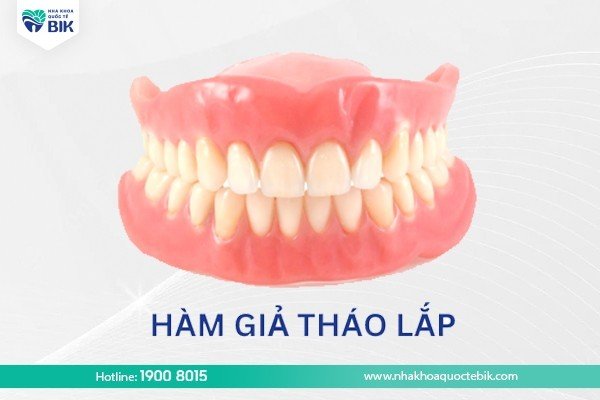
Removable dentures made of plastic are a traditional method consisting of 2 parts: The dentures and the jaw base are designed to be attached directly to the patient’s real gums. The jaw base is made of good plastic, the dentures can be made of porcelain or metal.
2.1.1. Advantages
– Quick implementation time, only within 1 week
– Easy to disassemble, cleaning is also easier
– Reasonable cost, only about 15 million per jaw
– Does not require too much on oral health or jaw bone density
2.1.2. Disadvantages
– Low aesthetics
– Short lifespan
– Only suitable when all upper teeth are lost because they cannot withstand force
– Reduced appetite when eating and drinking because food cannot come into contact with the oral mucosa
– Causes rapid jaw bone loss because the jaw bone does not receive chewing force
– Loose, easy to fall out when eating and moving, causing many obstacles to daily work
2.2. Using removable dentures on Implants
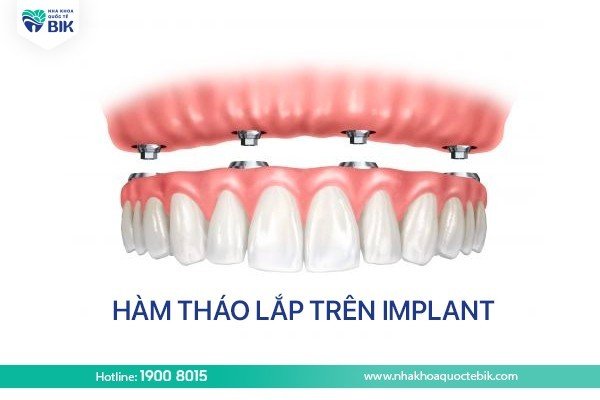
Removable dentures on implants were created to overcome some of the shortcomings of traditional removable plastic dentures. Removable dentures on implants, also known as dentures on implants, are still a method of using dentures, but instead of being attached directly to the gums, the dentures will be fixed on the jaw base with implants linked to a clasp. Currently, there are 2 popular types of clasps:
– Ball clasps: Each implant in the jawbone will be attached to a ball-shaped clasp and fit into a socket on the denture.
– Bar clasps: The implants in the jaw will be attached to a thin bar. Above the bar there will be clasps to tightly connect the bar to the denture.
2.2.1. Advantages
– Easy to disassemble and clean
– Brings higher aesthetics
– The chewing ability is also improved thanks to the increased strength of the denture
– Suitable for cases of severe bone loss or very old people
2.2.2. Disadvantages
– The cost is quite high because many implants must be used
– Must regularly check and replace the clasps, about every 6 months
– Due to the obstruction of the jaw base with the mucosa, the feeling of deliciousness when eating and drinking is not guaranteed
2.3. Implant All On 4/ All On 6
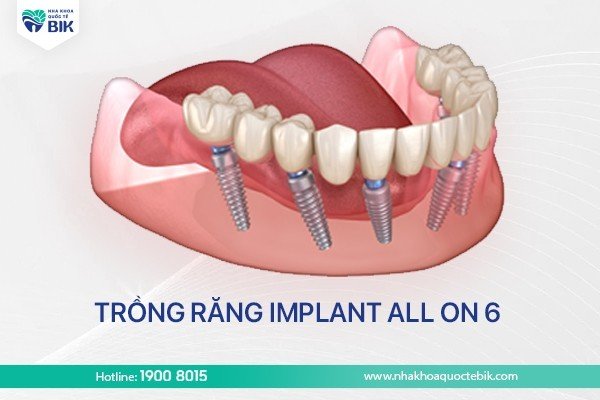
Modern, advanced technique and the optimal solution for cases of total tooth loss is Implant. With this method, patients will have their lost teeth restored with dentures consisting of 3 parts: Implant pillar, Abutment joint and porcelain crown.
In which, the Implant pillar will be inserted deep into the jawbone to act as a real tooth root, then the porcelain crown will be fixed on top through the Abutment joint to create a complete tooth like a real tooth.
In the case of total tooth loss, the doctor may prescribe the All On 4 Implant method for the loss of lower teeth and All On 6 for the loss of upper teeth. Specifically as follows:
– All On 4 Implant: The doctor uses 2 vertical Implant pillars and 2 tilted Implant pillars in the front teeth area, then attaches a porcelain bridge on top to restore the entire jaw.
– All On 6 Implant: The doctor will place 4 Implant pillars in the front teeth position, 2 Implant pillars in the molars position and also attach a porcelain bridge on top through the Abutment joint.
3. Why should you use All On 4/ All On 6 Implant when you have total tooth loss?
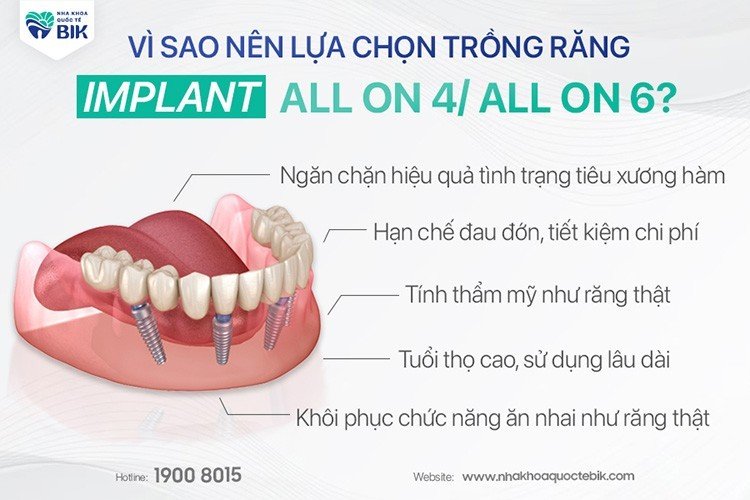
Experts believe that all on 4/ all on 6 implant is the most optimal method for the following reasons:
3.1. Aesthetics like real teeth
The tooth body is attached to the implant post made from pure ceramic material with color adjusted to match the skin color, so it can bring maximum aesthetics and is completely natural. This helps customers feel more confident when communicating in daily life, bringing many opportunities in work and life.
3.2. Limit pain, save costs
All On 4 or All On 6 implant restoration is an advanced method that uses 4 or 6 implant posts instead of 8 – 12 posts as before to restore full-jaw teeth. That is why patients do not need to perform bone grafting or sinus lift, thereby limiting the feeling of pain as well as saving a lot of treatment costs.
Although fewer implants are placed than before, the effectiveness and quality of treatment remain unchanged because the doctor will place them in the right important position as calculated from the beginning.
3.3. Restore chewing function like real teeth
Because the implant is fixed in the jawbone, it can withstand force and the chewing ability is restored almost like real teeth for people who have lost all their teeth. In addition, the 5 times stronger strength of porcelain crowns can help customers eat their favorite foods without worrying about their teeth breaking or cracking.

3.4. Effectively prevent jaw bone loss
If the jaw bone is not directly stimulated by chewing force for a long time, it can lead to bone loss and gum recession. This is a fairly common condition in cases of tooth loss that are not treated with any measures or only use removable dentures.
However, the biggest advantage of dental implants is that the lost real tooth root will be replaced with an implant pillar. This helps maintain a stable chewing force, which is received by the jawbone as a condition for normal development for people with complete tooth loss.
3.5. Long life
Thanks to being made from high-grade Titanium material that is highly compatible with the body, the Implant pillar can last up to 25 years in the oral cavity and even a lifetime if properly cared for.
4. When can I have a tooth replanted?
According to the advice of experts and doctors, after losing a tooth, it is necessary to replant the tooth as soon as possible, because the longer it is left, the more serious consequences can occur.
Accordingly, the best time is about 2 months after losing all the teeth. The reason is because at this time the wound has completely healed and is no longer painful. In addition, the jaw bone is still healthy, has not been resorbed and is still eligible for implant placement without having to perform sinus lift or bone grafting, which takes time and incurs additional costs.
Therefore, losing all teeth can cause some serious consequences as mentioned in the article above and there are many solutions that customers can choose for this condition. For the tooth restoration process to be safe and bring sustainable results, customers should choose to perform it at a reputable dental facility with a team of experienced doctors.

